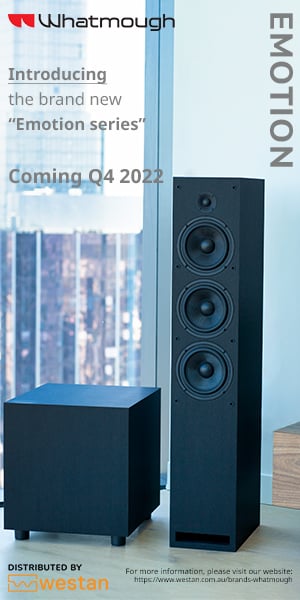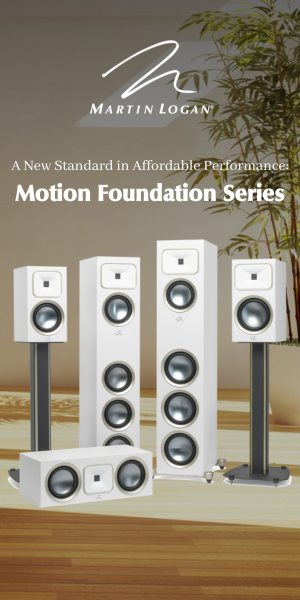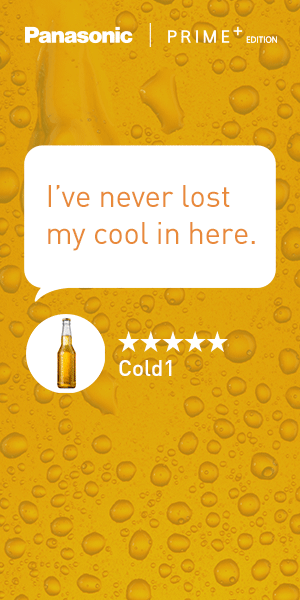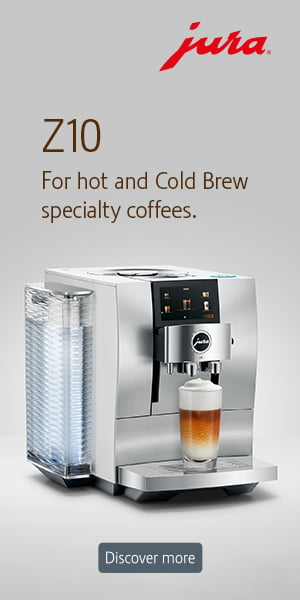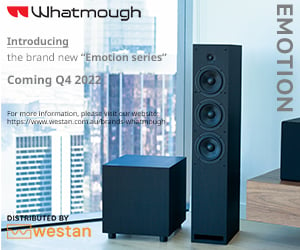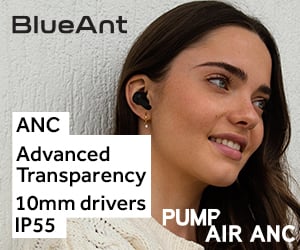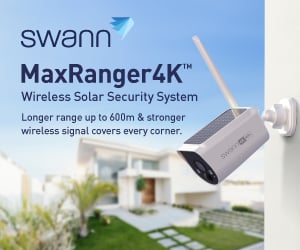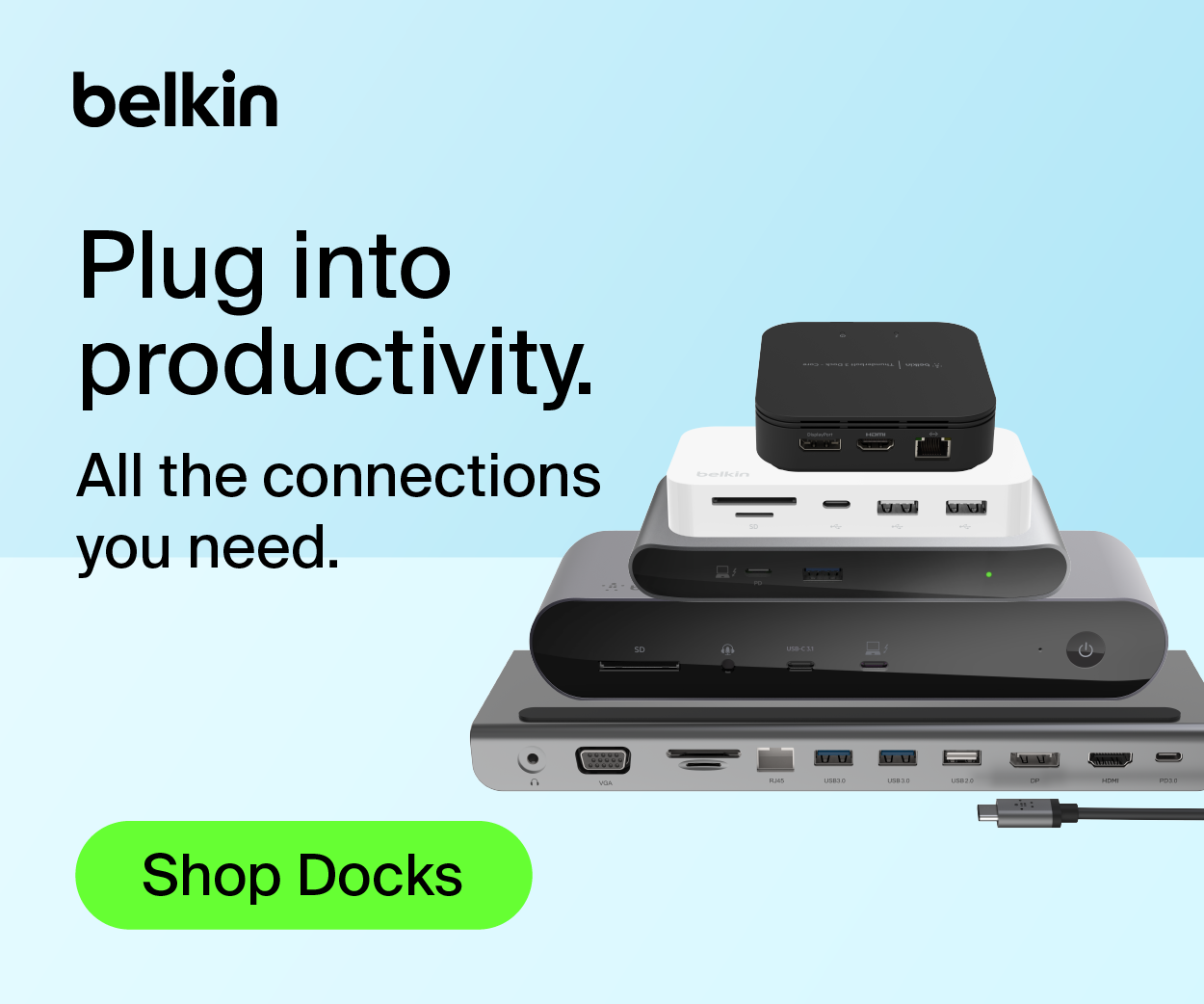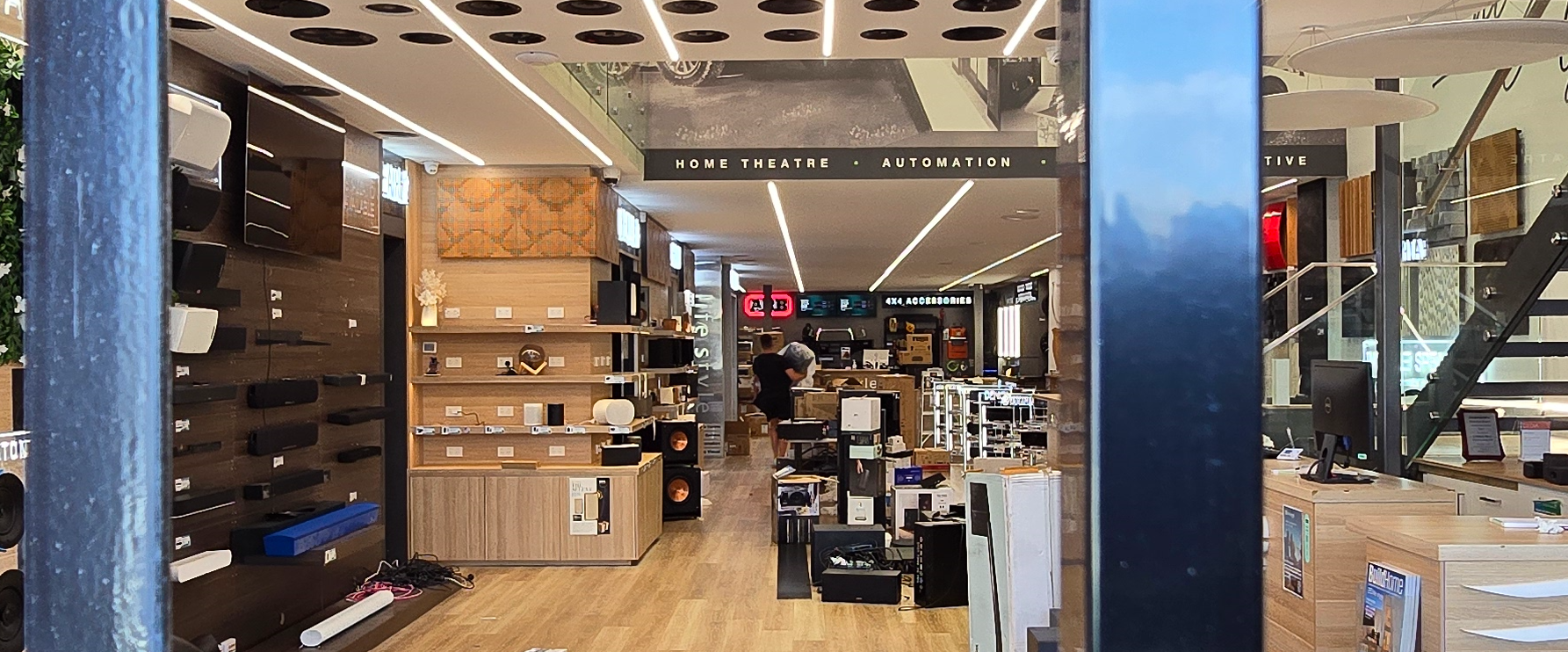A new medical product called Osteoboost has received the green flag from the FDA.
The device is a vibrating belt that improves bone density in patients with osteopenia, developed by Bone Health Technologies, in part with NASA. It’s also the first medical device of its kind to get regulatory approval as a treatment for postmenopausal women.
One in two olden women get osteoporosis from menopause, characterised by porous bones that can easily fracture.
The Osteoboost belt was designed to prevent bone density from reaching that stage through early intervention.
It works by mechanically stimulating bone strength in hips and spine, and prevents the further progression of bone density disintegration.
The blueprint for the device comes from NASA research, investigating ways to prevent bone density from weakening in astronauts working in zero gravity environments.
Users should wear the belt for 30 minutes a day, or at least five times a week for it to work properly.
It delivers a gentle vibration which makes it easy to wear just about anywhere or at any time.

In the midst of clinical trials, CT scans showed after integrating the belt into a patient’s care, bone density visually improved over time.
A study backed by the NIH showed women aged 50 to 60 lost 3.4% bone density by the end of 12 months without intervention. It also showed patients who wore the belt only lost 0.5%.
Current standards of care for preventing osteoporosis are mostly lifestyle suggestions. Laura Bilek, a researcher who studied the effectiveness of the belt said, “Although lifestyle interventions such as exercise and diet are beneficial to bone, the effect is small. The Osteoboost shows promise in slowing the loss of bone density and strength and may fill the treatment gap.”
The device is still currently unavailable, however, those interested can sign up to get notified when its released.
A company spokesperson said shipping will begin later this year, and preorders will be accepted in the next few months.
The price has not yet been disclosed, however the representative said it will be “affordable and accessible to the millions of patients who need it.”
In order to get the device, the user will need a prescription from their doctor, meaning pricing could vary depending on insurers and co-pays.


















